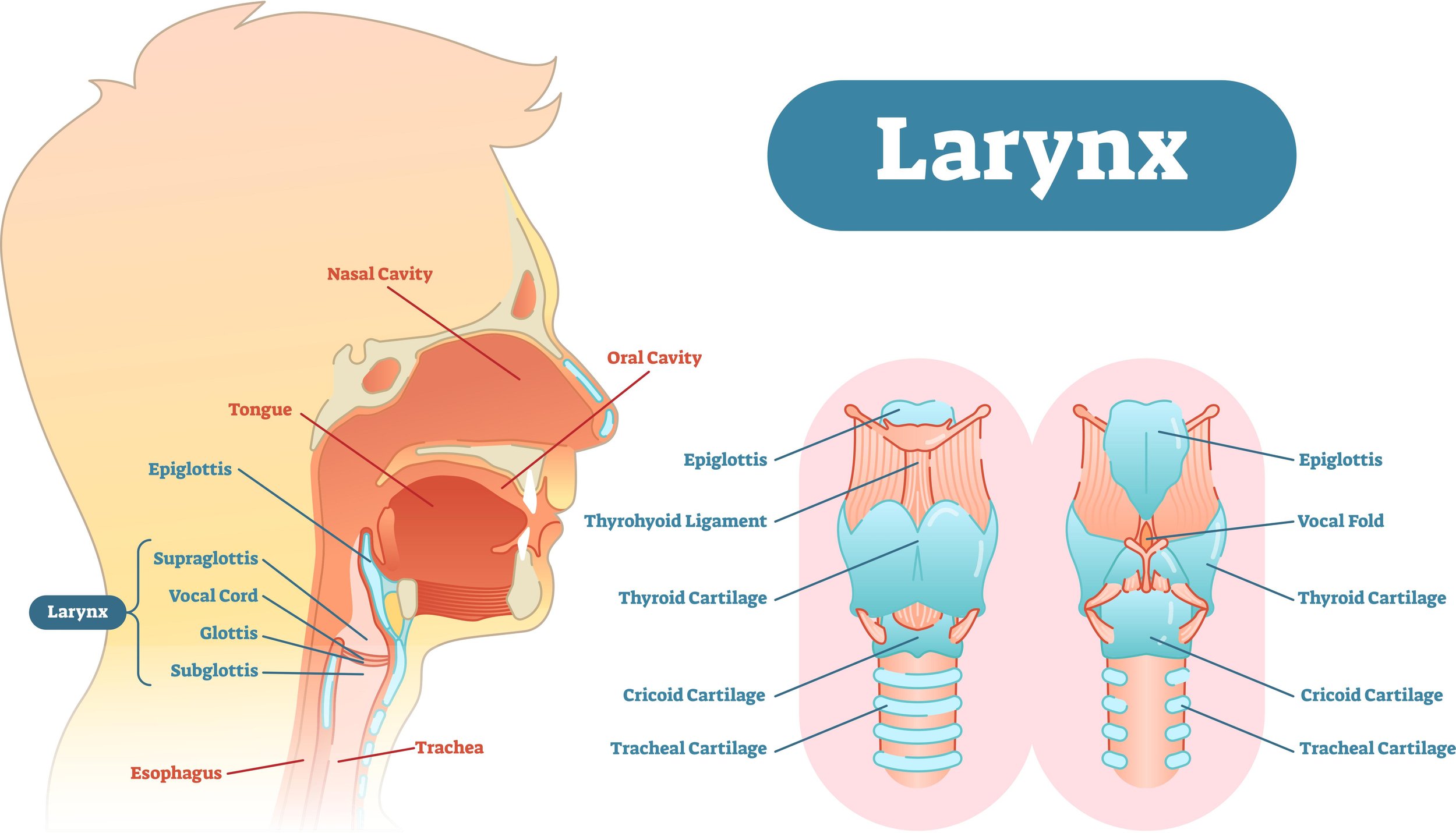Easy Ways to Develop Your Masculine Vocal Resonance: Beginner's Tutorial
If you’re trans-masc or non-binary, you might be interested in having a more masculine-perceived voice.
But what makes a voice more masculine-perceived?
Because testosterone does change elements of the voice, you might assume that simply by taking it, you’ll achieve the voice you’re looking for.
But because “T” is limited in how it changes the voice, there’s a chance that you might still be looking for a different sound quality.
You might choose not to undergo testosterone therapy at all, but still want to achieve a more masculine voice.
Below, I’m going to talk about how “T” changes and doesn’t change the voice, what resonance is and why we work on it, and how to find your masculine vocal resonance.
How does “T” affect the voice?
Taking testosterone, or “T”, affects the pitch of the voice. Testosterone causes the vocal cords to get longer and thicker, which results in a lower pitched voice.
The lowering of the voice takes time to reach its full impact. It can take up to 2 years of vocal instability for the voice to settle into its new pitch range.
The lengthening of the vocal cords and the lowering of the voice is a permanent change. It’s important to be mindful of this permanence, when you’re talking with your doctor about taking "T".
While testosterone changes the size of the vocal cords, it doesn’t result in a larger larynx. The larynx is the cartilage structure that houses the vocal cords.
Because the larynx doesn’t grow, your voice may not have the warmer, darker resonance that we associate with masculine voices.
Masculinizing your voice without “T”
So, can you masculinize your voice if you’re not planning on taking "T"?
Definitely! You can work on bringing your pitch down lower, but there will be a physical limit to how low you can go. It’s not a good idea to press and push your voice down too low.
So, you can work on resonance!!
Why work on resonance?
Whether you’re taking testosterone or not, you can use the same techniques to work on masculinizing your vocal resonance.
Resonance has nothing to do with the pitch. However, we can trick our ears into thinking we’re hearing a lower note than we actually are.
Our fundamental pitch (the buzzing of our vocal cords) travels through our vocal tract (the filter of the sound). The frequency of the vocal tract then colors the sound.
Larger spaces contain lower frequencies. When our fundamental pitch travels through a larger vocal tract, it will be colored with lower frequencies, resulting in a darker, masculine-perceived tone quality.
So, in order to achieve a darker, more masculine-perceived sound, we want to create a larger vocal tract space.
How to achieve masculine vocal resonance
First, we want to think about the tongue position. In order to create a large space, we want the tongue to be flat at the bottom of the mouth.
Try saying the vowel “UH”. Notice where your tongue is in your mouth.
It’s probably at the bottom of your mouth, with your jaw slack.
Now with your hand on your larynx, say “UHHHHHH”, like you’re exhausted at the end of a long day.
Notice the position of your larynx lowering.
Our goal is to say all the other vowels more of this tongue and larynx position in order to give each sound more of a dark quality.
Try saying the following. Say “uh”, then keep that vocal tract shape as you say each day of the week:
Uh-Monday
Uh-Tuesday
Uh-Wednesday
Uh-Thursday
Uh-Friday
Uh-Saturday
Uh-Sunday
Now you know how to alter your resonance to be more masculine-perceived! Remember, pitch isn’t everything, and resonance can really trick your ear into thinking you’re hearing a lower pitch than you really are.

























